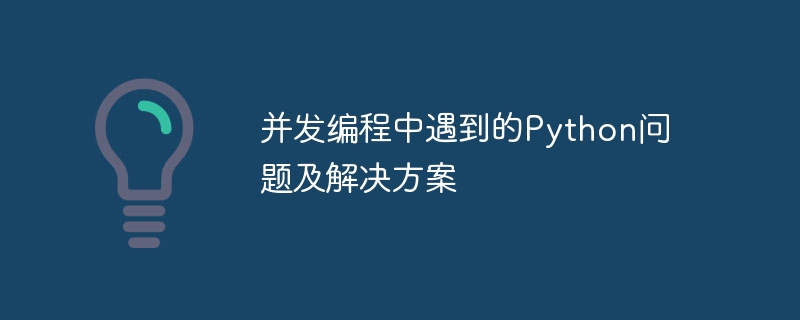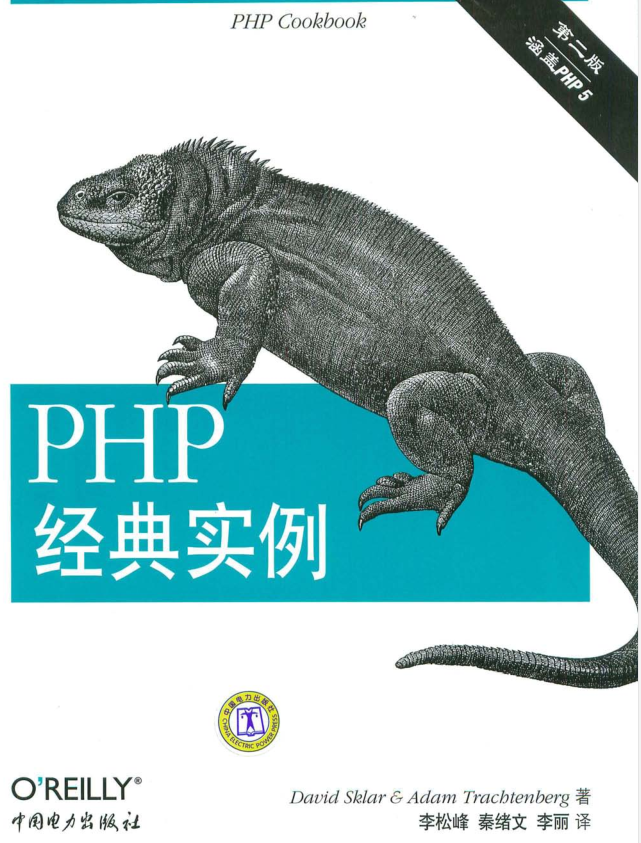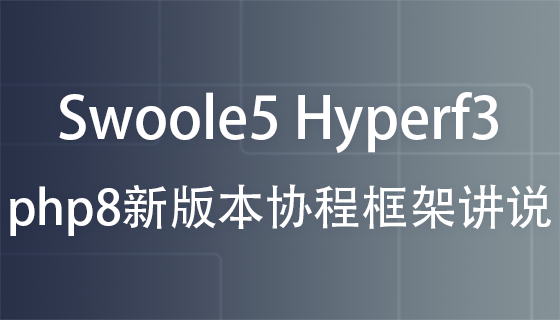
标题:并发编程中遇到的Python问题及解决方案
引言:
在现代计算机系统中,利用并发编程可以充分发挥多核处理器的性能,提高程序的运行效率。Python作为一种广泛使用的编程语言,也具备了强大的并发编程能力。然而,并发编程中常常会遇到一些问题,本文将介绍一些并发编程中常见的Python问题,并提供相应的解决方案,并附有具体的代码示例。
一、全局解释器锁(GIL)
示例代码:

PHP经典实例(第2版)能够为您节省宝贵的Web开发时间。有了这些针对真实问题的解决方案放在手边,大多数编程难题都会迎刃而解。《PHP经典实例(第2版)》将PHP的特性与经典实例丛书的独特形式组合到一起,足以帮您成功地构建跨浏览器的Web应用程序。在这个修订版中,您可以更加方便地找到各种编程问题的解决方案,《PHP经典实例(第2版)》中内容涵盖了:表单处理;Session管理;数据库交互;使用We
 453
453

立即学习“Python免费学习笔记(深入)”;
import multiprocessing
def compute(num):
result = num * 2
return result
if __name__ == '__main__':
pool = multiprocessing.Pool()
numbers = [1, 2, 3, 4, 5]
results = pool.map(compute, numbers)
print(results)二、线程安全性
示例代码:
立即学习“Python免费学习笔记(深入)”;
import threading
import time
class Counter:
def __init__(self):
self.value = 0
self.lock = threading.Lock()
def increment(self):
with self.lock:
old_value = self.value
time.sleep(1) # 模拟耗时操作
self.value = old_value + 1
if __name__ == '__main__':
counter = Counter()
threads = []
for _ in range(5):
t = threading.Thread(target=counter.increment)
threads.append(t)
t.start()
for t in threads:
t.join()
print(counter.value)三、并发数据共享
示例代码:
立即学习“Python免费学习笔记(深入)”;
import multiprocessing
def consumer(queue):
while True:
item = queue.get()
if item == 'end':
break
print(f'consume {item}')
def producer(queue):
for i in range(5):
print(f'produce {i}')
queue.put(i)
queue.put('end')
if __name__ == '__main__':
queue = multiprocessing.Queue()
p1 = multiprocessing.Process(target=consumer, args=(queue,))
p2 = multiprocessing.Process(target=producer, args=(queue,))
p1.start()
p2.start()
p1.join()
p2.join()结论:
本文通过对并发编程中常见的Python问题进行分析,提供了相应的解决方案,并附有具体的代码示例。并发编程是提高程序运行效率的重要手段,合理解决并发编程中的问题,将会大大提高程序的并发能力和性能。
以上就是并发编程中遇到的Python问题及解决方案的详细内容,更多请关注php中文网其它相关文章!

每个人都需要一台速度更快、更稳定的 PC。随着时间的推移,垃圾文件、旧注册表数据和不必要的后台进程会占用资源并降低性能。幸运的是,许多工具可以让 Windows 保持平稳运行。




Copyright 2014-2025 https://www.php.cn/ All Rights Reserved | php.cn | 湘ICP备2023035733号